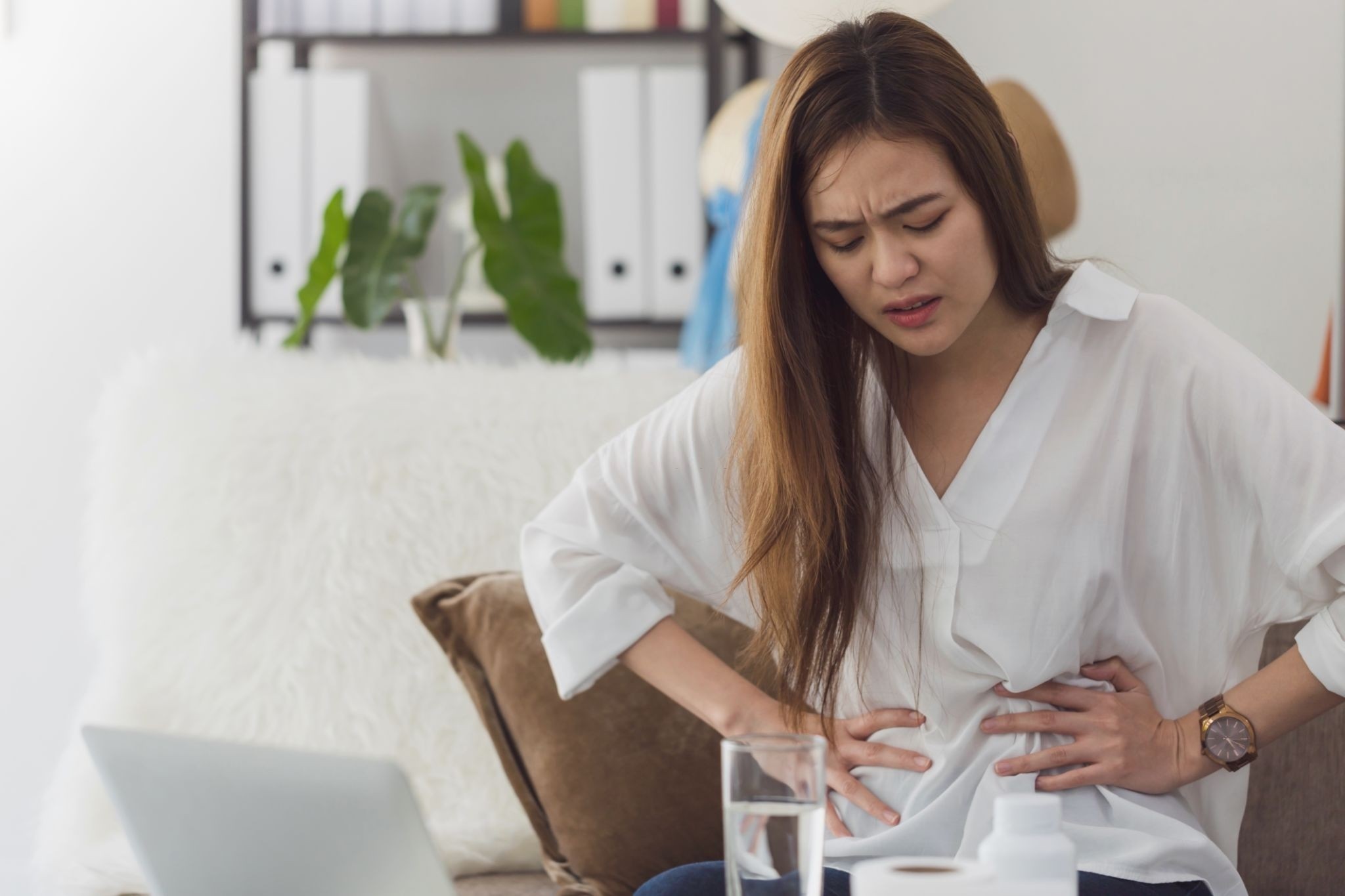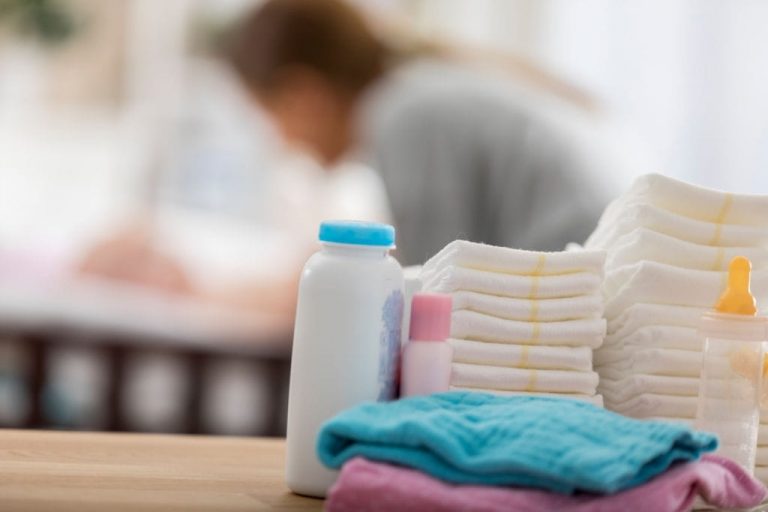
Is it normal to have cramps after period? This is most likely the biggest question coming to your mind when you’re in such situation. Cramps during period naturally occur because of higher sensitivity which mostly results from hormone imbalance.
However, if the painful feeling still continues when your period was already over several days ago, then it becomes somewhat abnormal. The chances for natural treatments and even medications should be taken into account.
Major Causes of Cramps After Period
Early Ovulation
A proper ovulation often occurs two weeks after the period and doesn’t cause any problem or pain. However, for women with irregular cycles, an early ovulation might start right after the period and can lead to pelvic pains in conjunction with cramps during the ovulation.
Even though these pains are not as sharp and pulsing as menstrual pains, they’re still considerably unpleasant. Depending on which ovary that eggs get out, the pain will be on different sides and often lasts for a few hours.
Birth Control Methods
Using contraceptive pills is considered as a common birth control method, but it’s not totally safe due to many side effects. One of them is the hormonal fluctuation and imbalance that can result in cramps after period.
Another bird control method is inserting an intrauterine device into the uterus. The benefit is that sperms will be blocked, and thus, have no way to approach to the eggs. However, some ladies might experience aching and cramps in the abdomen after a short time.
Implantation
Since the blastocyst is attracted to the uterine lining, stomach cramps after period could be the result of implantation. If this happens to you, you’ll suffer from lighter bleeding than that caused by a full menstrual period. The bleeding will disappear after 1-2 days.
Uterine Incapacity
Period means a lot of blood will be released. You’re surely aware of this. But you might not know that if your uterus doesn’t expel all the blood after the period ends, left-behind blood can cause spotting and cramping in some cases.
Endometriosis
As endometrial tissues thrive outside the uterus, they trigger an unpleasant condition called endometriosis. Due to pressure on the uterine, the way it causes aches is quite similar to cysts and fibroids, but with a more severe level. Additionally, pelvic cramps can occur and get worse at time of periods.
Pelvic Inflammation
As the infection attacks the woman’s pelvis, uterus or ovary, it causes a lot of lesions. In addition to cramps, pains are very severe during urination. Besides, pelvic inflammation is usually easily seen during menstruation due to discontinuous bleeding together with abnormal discharge. As an alternative to gradually getting better as the period goes on, the inflammation often gets worse.
How to Ease Cramps After Period
The following are some of the non-medicating suggestions. You should first consider them before deciding to go with any painkiller. Just keep in mind that medicine is only recommended when all the natural methods fail.
Heat
Heat helps to expand the vessels, and thus, boost the blood flow. As the blood is brought to your pelvic area, it relieves the muscles causing cramps. There are two common ways to warm yourself up:
- Bathing in hot water is the first choice. Simply immerse your lower body in the water and relax in about 2 hours.
- Using heating pads is the second choice. This way seems to be more suitable for people who don’t have time to stay long in the bath. Simply stick an adhesive head pad to your lower belly within 2 hours and enjoy the pain relief.
Yoga Stretching
Stretches assist with the muscle tension, and thus, alleviate pain. You can add some stretches to your daily exercises, or you can switch your sleep positions.
Here is the video showing you how to do yoga for menstrual cramp relief:
Tea
Tea includes herbs, and many of them are able to relieve pain, relax muscles, and even regulate the flow of bleeding. So, try to drink different types of tea if you can.
- Ginger tea: Acts like an antispasmodic herb which helps to oxygenate your body, ease pains, and diminish bloating.
- Chamomile tea: Reduces inflammation and muscle spasms as well as relaxes the nerves.
- Red raspberry tea: Tighten the muscles in your pelvic area and ease cramps.
Avoiding Alcohol and Caffeine
While the alcohol triggers excessive bloating and menstrual cramps, caffeine aggravates intestines and restricts blood flow to your body. Also, note that some kinds of tea might contain a portion of caffeine, so make sure you don’t drink them.
Medication
If none of the above methods doesn’t work as expected. You can finally go to medication. Non-Steroidal Anti-Inflammatory Drugs (NSAIDs) contain ibuprofen and naproxen, and they’re very good at pain and cramp relief. An alternative is Aspirin which works in most post-menstrual cramping situations. But, no matter which kind of medicine you choose, be sure to consult your doctor before taking.
Conclusion
After all, keep in mind that mild cramping after period could be nothing to stress over. However, if it lasts for more than a week or comes with severe pain and even non-menstrual bleeding, you should visit your doctor as soon as possible. Now, I have to say goodbye to you. If you have any question, just let me know by leaving a comment in the box below. I always appreciate your help

Hi, This is Emma Baster; As a mom, I spend my free time caring for my kids. I’ve read a lot on the Internet to improve my childcare skill and bring the best to my kids. Eruditemommy shares my knowledge and experience through helpful posts. I hope you enjoy them!







